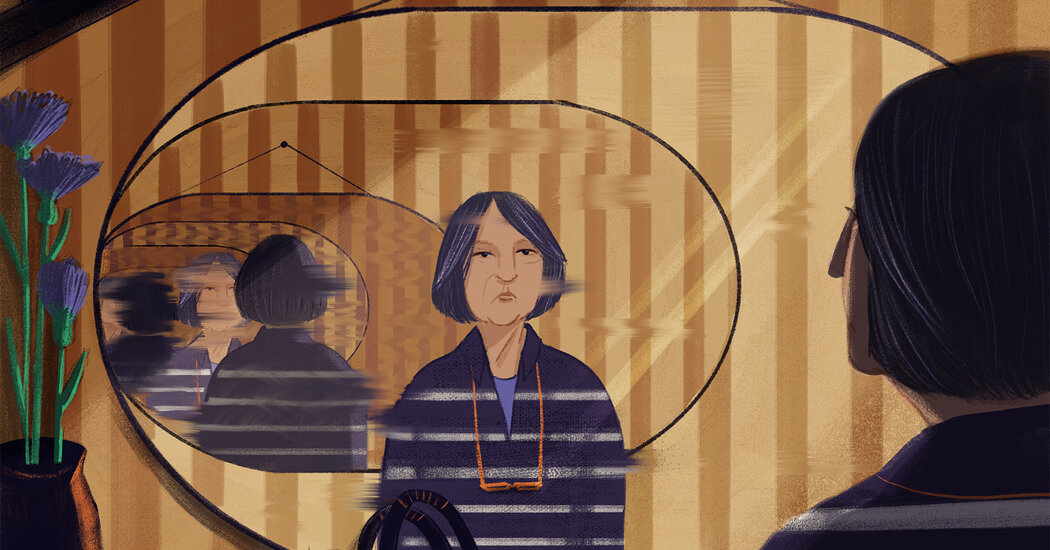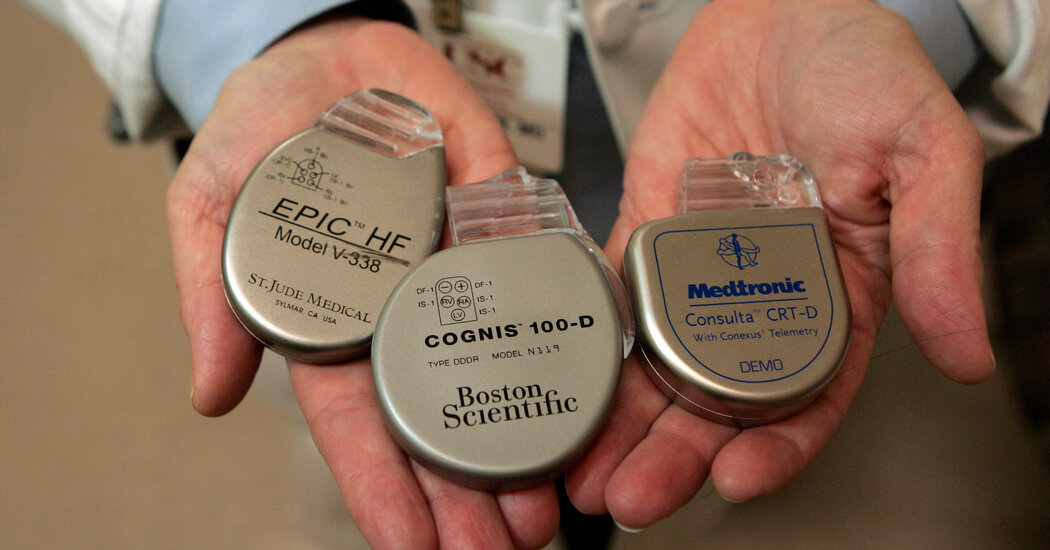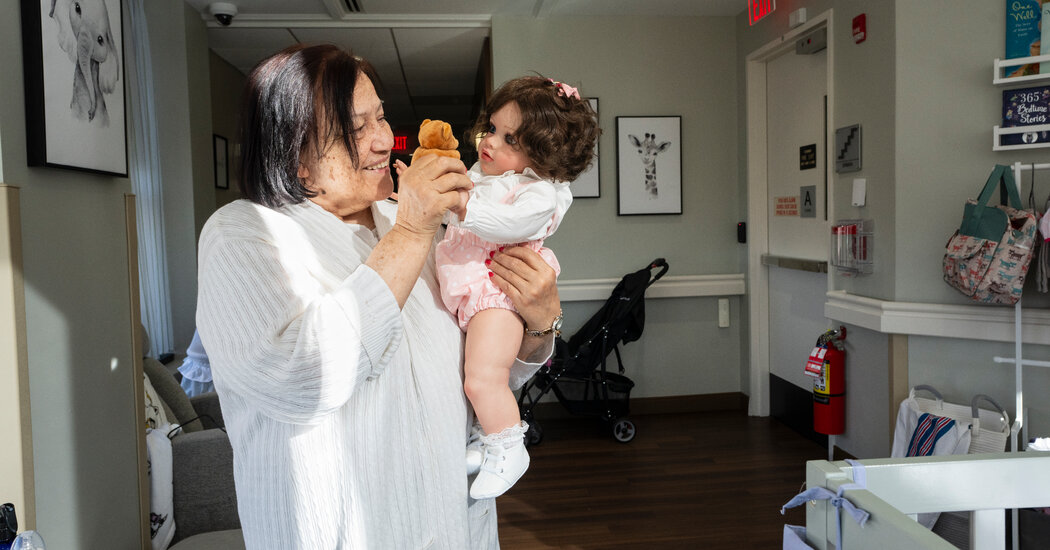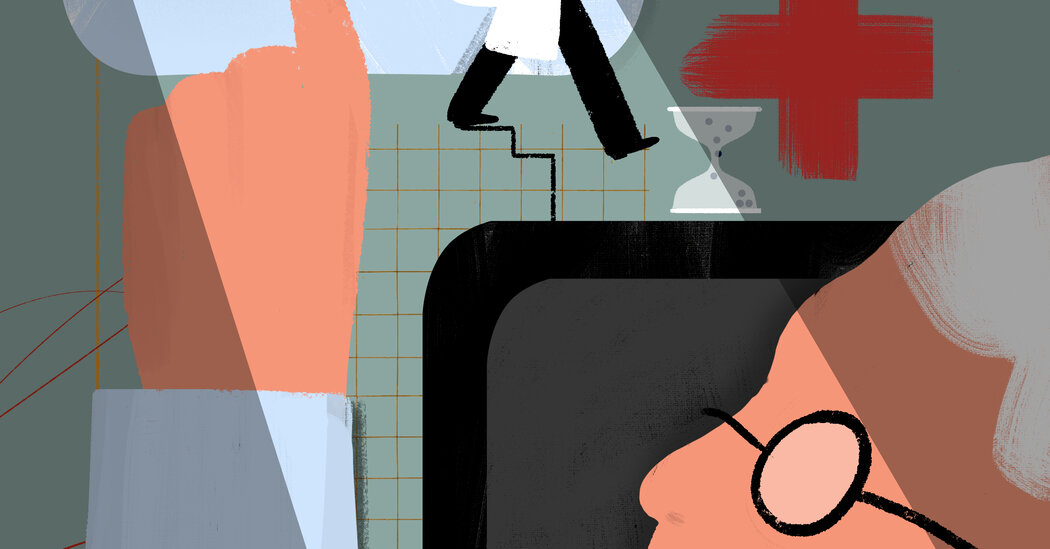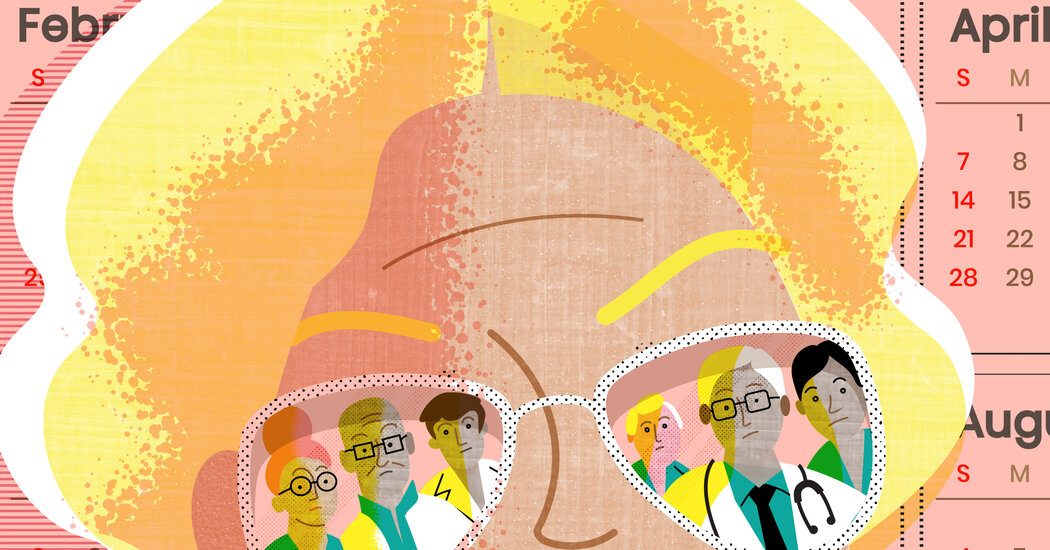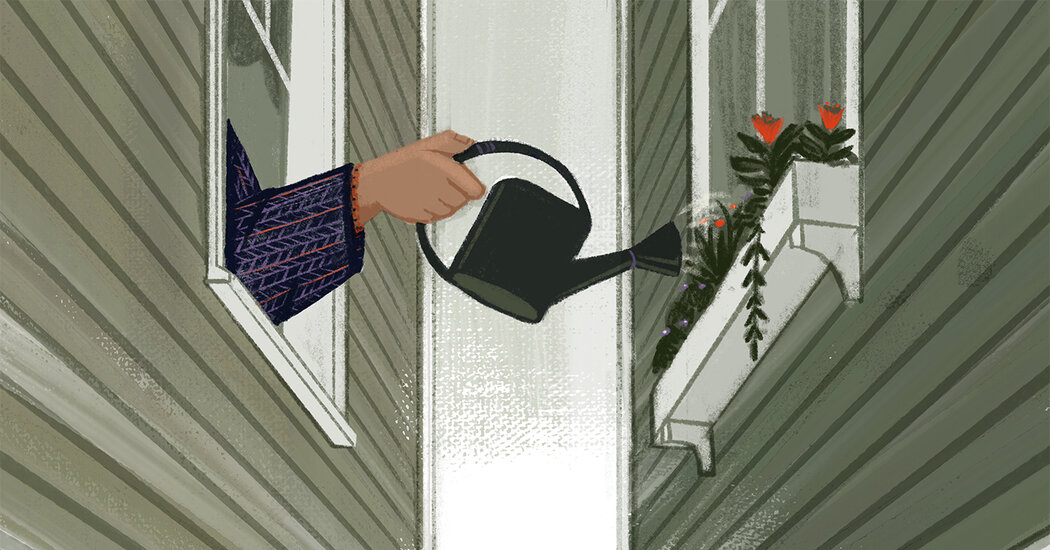Dementia May Not Always Be the Threat It Is Now. Here’s Why.
The number of cases will increase, but the rates seem to be declining with every birth cohort that reaches advanced ages, researchers said.Joan Presky worries about dementia. Her mother lived with Alzheimer’s disease for 14 years, the last seven in a memory-care residence, and her maternal grandfather developed dementia, too.“I’m 100 percent convinced that this is in my future,” said Ms. Presky, 70, a retired attorney in Thornton, Colo.Last year, she spent almost a full day with a neuropsychologist, undergoing an extensive evaluation. The results indicated that her short-term memory was fine — which she found “shocking and comforting” — and that she tested average or above in every cognitive category but one.She’s not reassured. “I saw what Alzheimer’s was like,” she said of her mother’s long decline. “The memory of what she went through is profound for me.”The prospect of dementia, which encompasses Alzheimer’s disease and a number of other cognitive disorders, so frightens Americans that a recent study projecting steep increases in cases over the next three decades drew enormous public attention. The researchers’ findings, published in January in Nature Medicine, even showed up as a joke on the Weekend Update segment of “Saturday Night Live.”We are having trouble retrieving the article content.Please enable JavaScript in your browser settings.Thank you for your patience while we verify access. If you are in Reader mode please exit and log into your Times account, or subscribe for all of The Times.Thank you for your patience while we verify access.Already a subscriber? Log in.Want all of The Times? Subscribe.
Read more →
